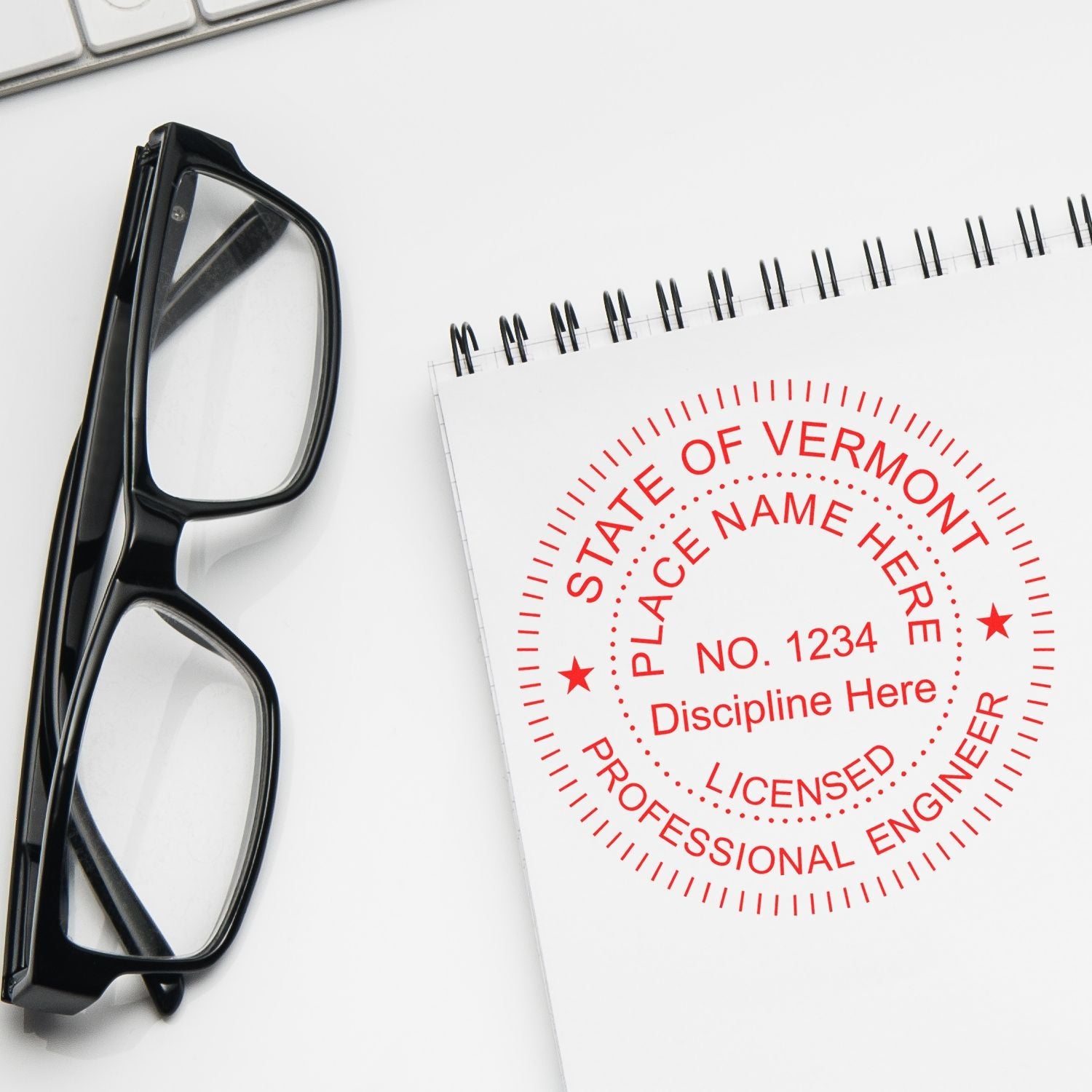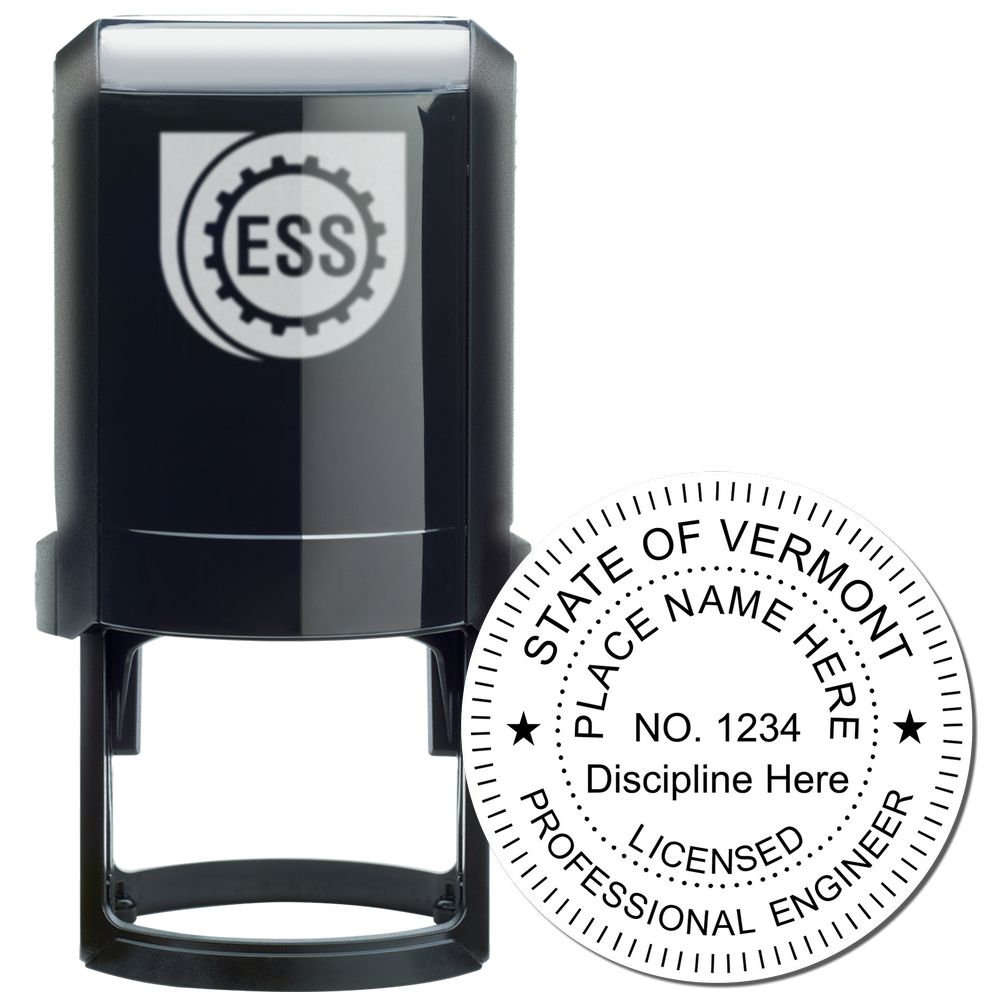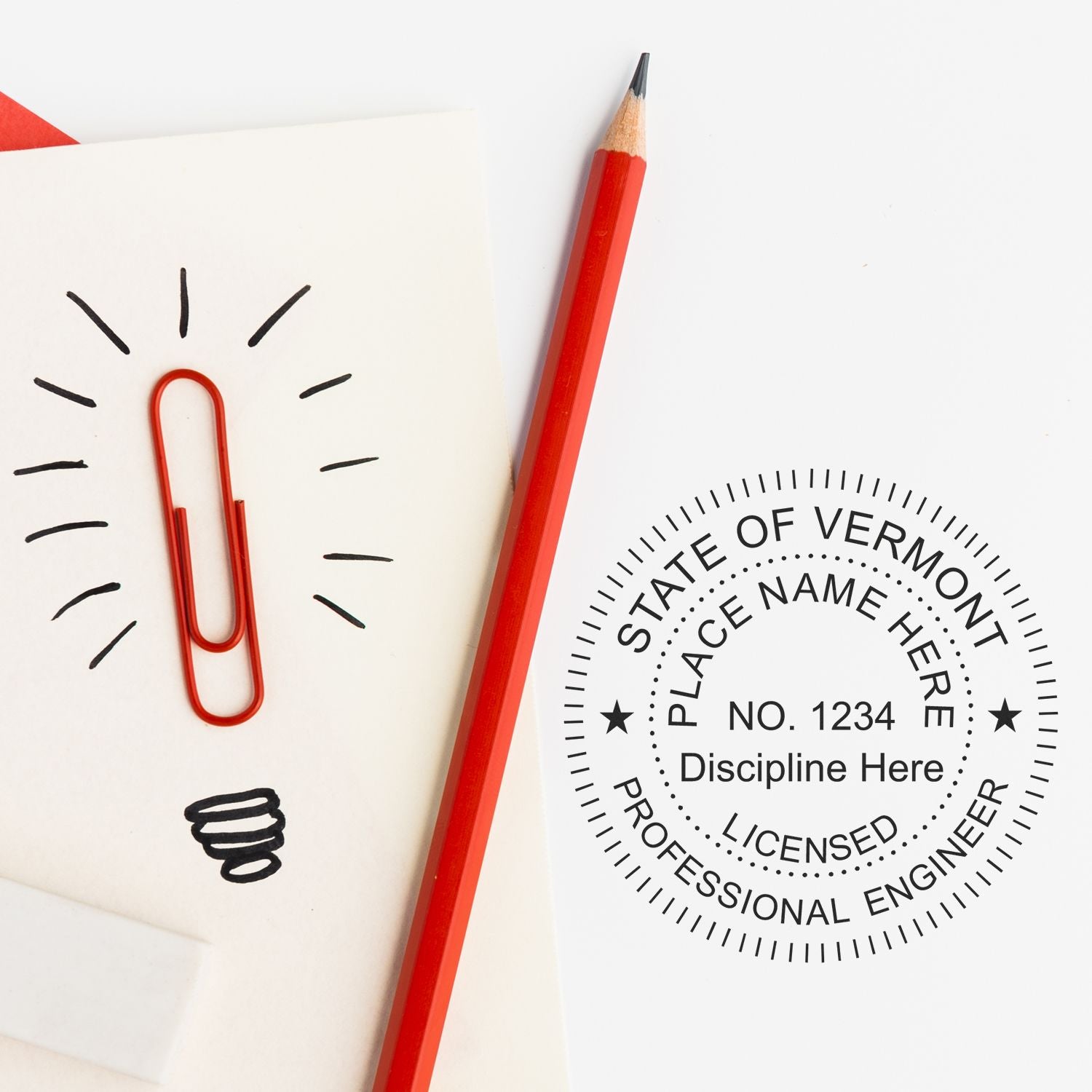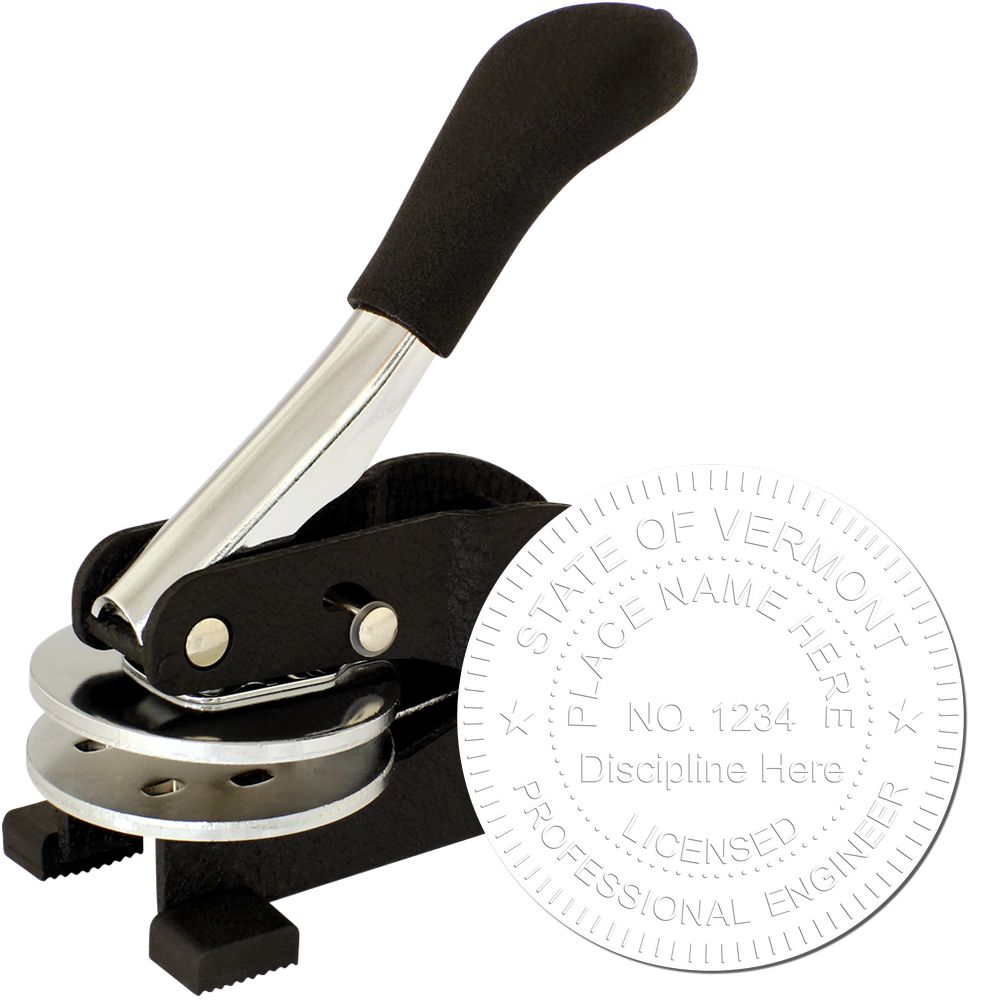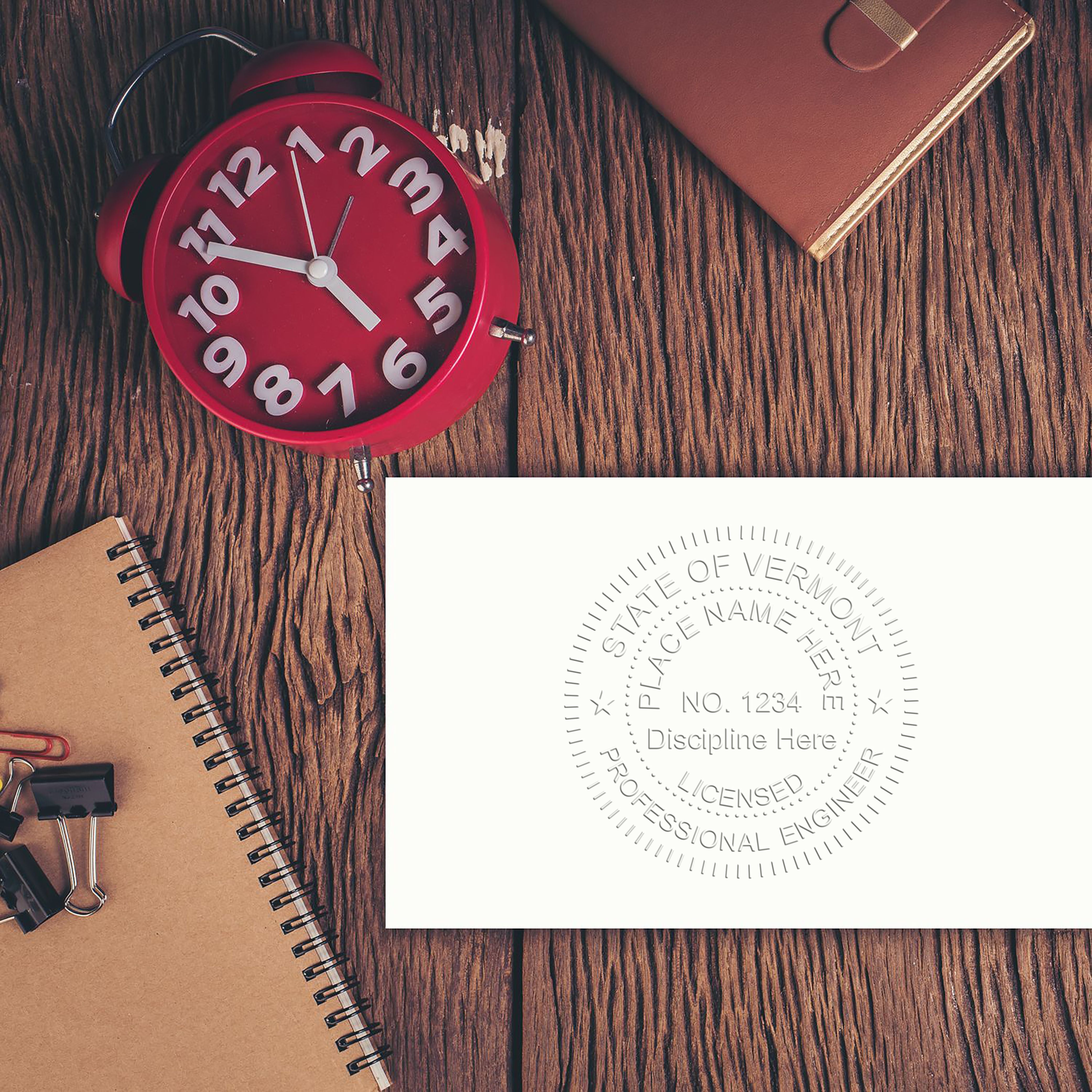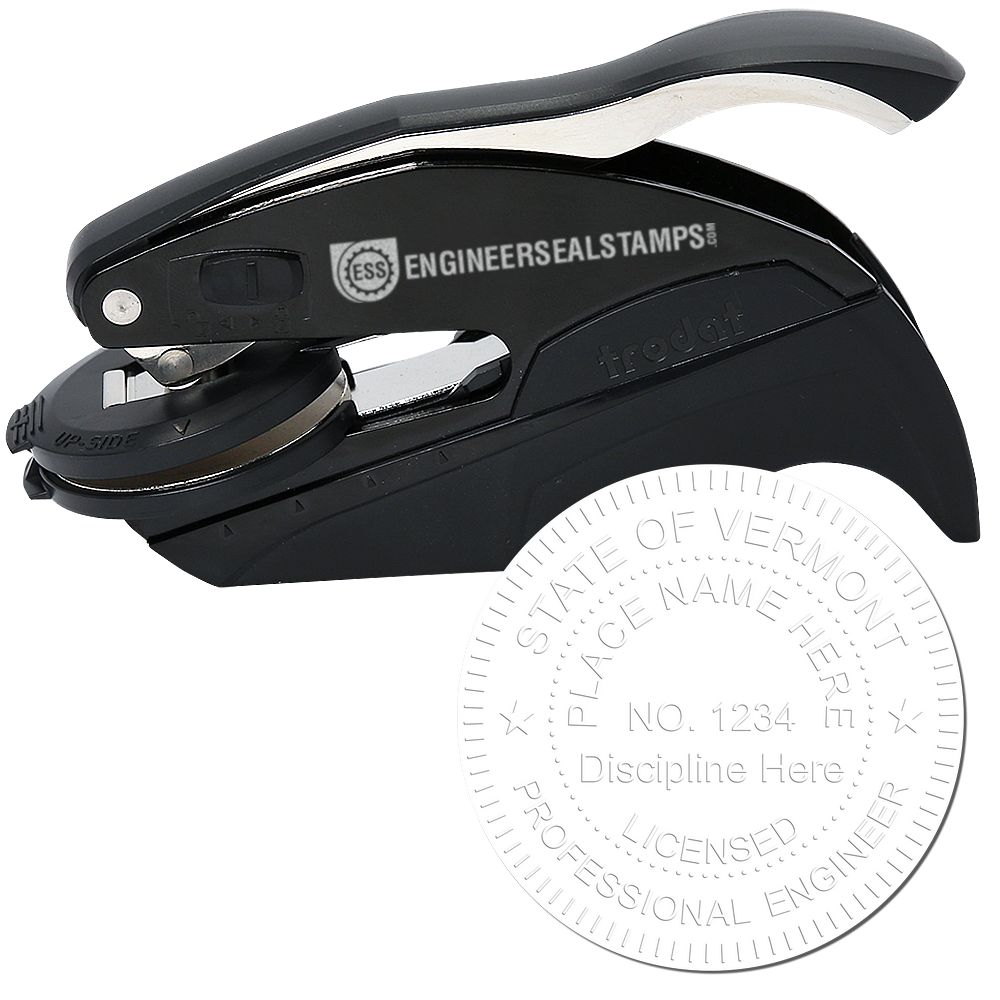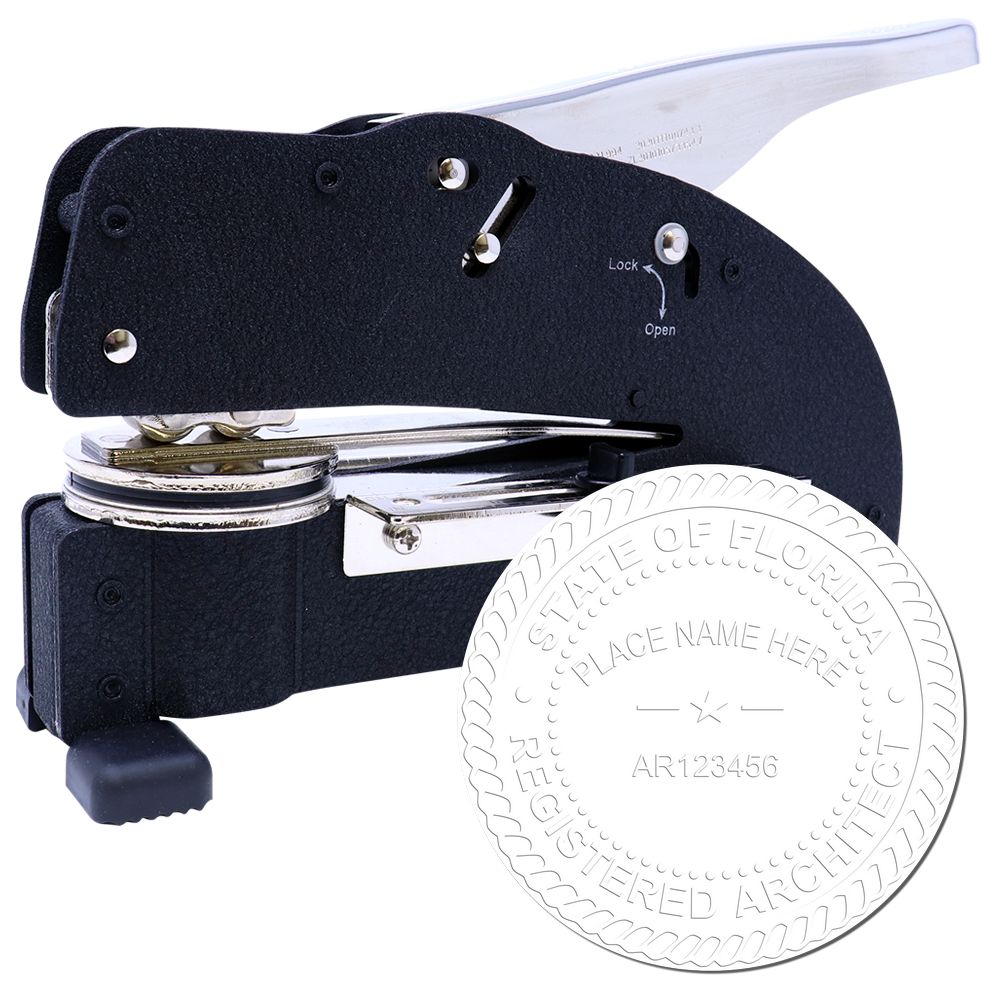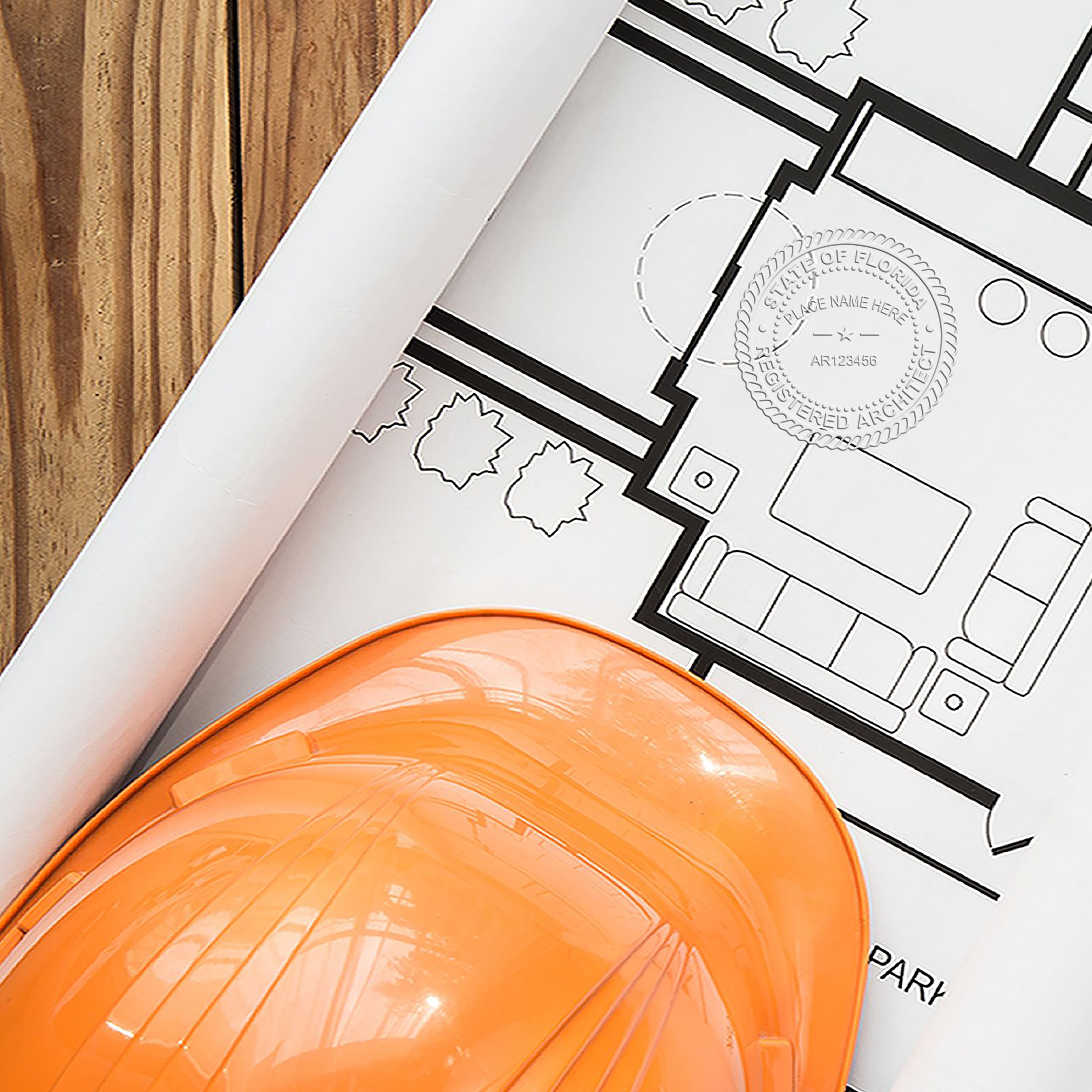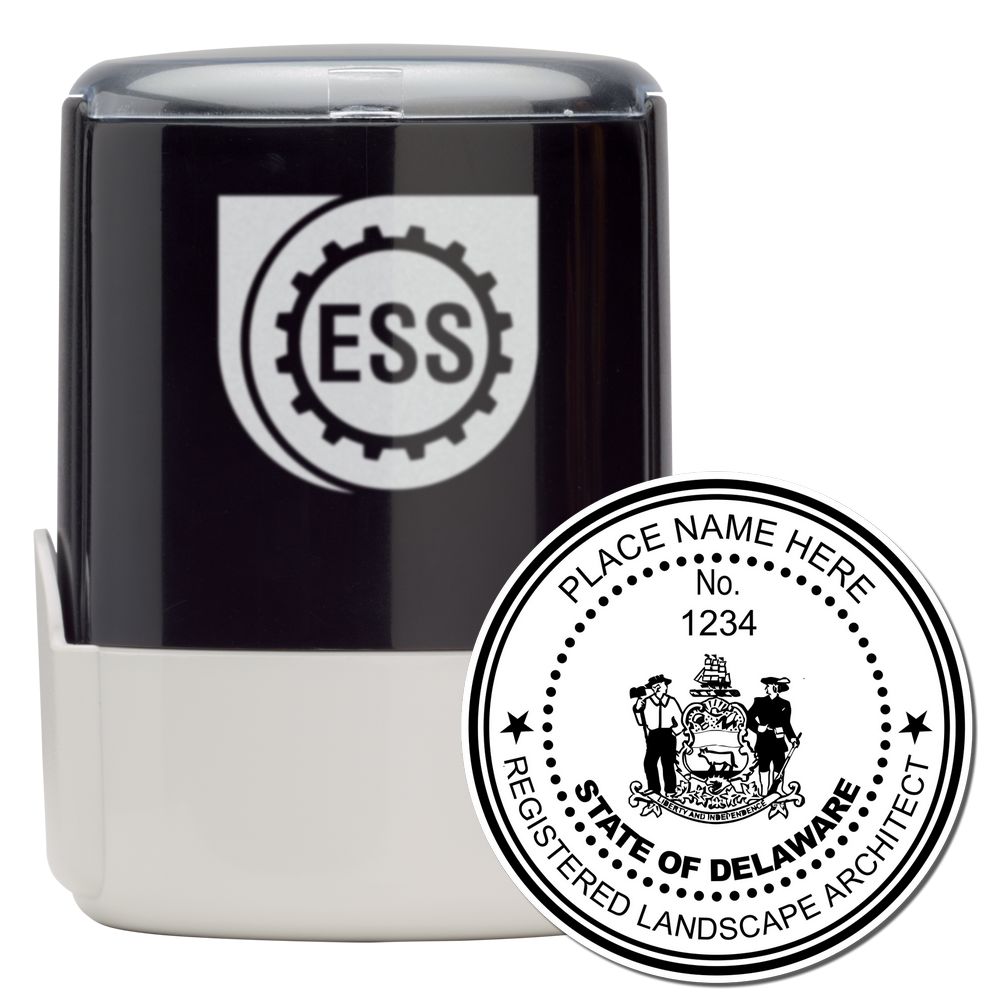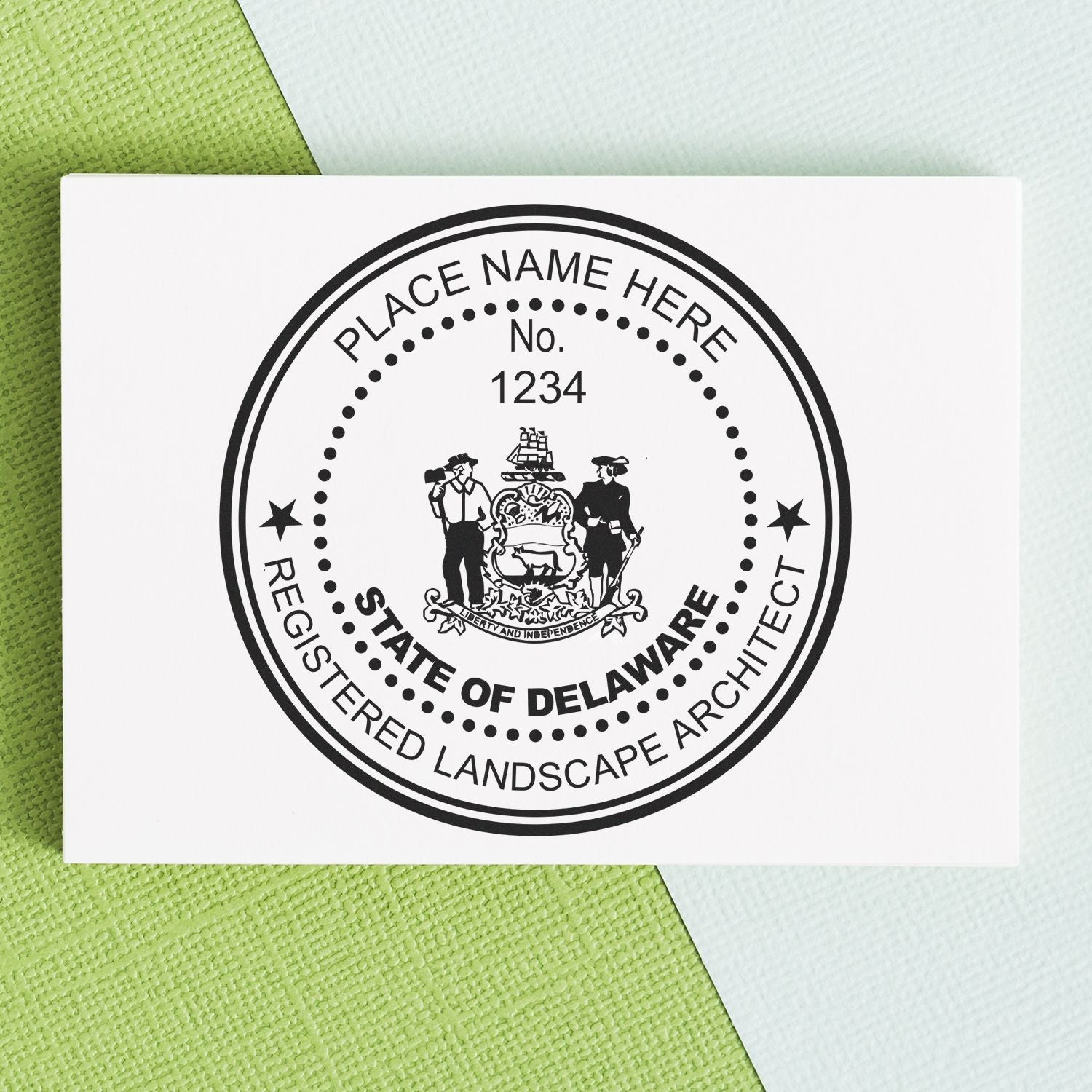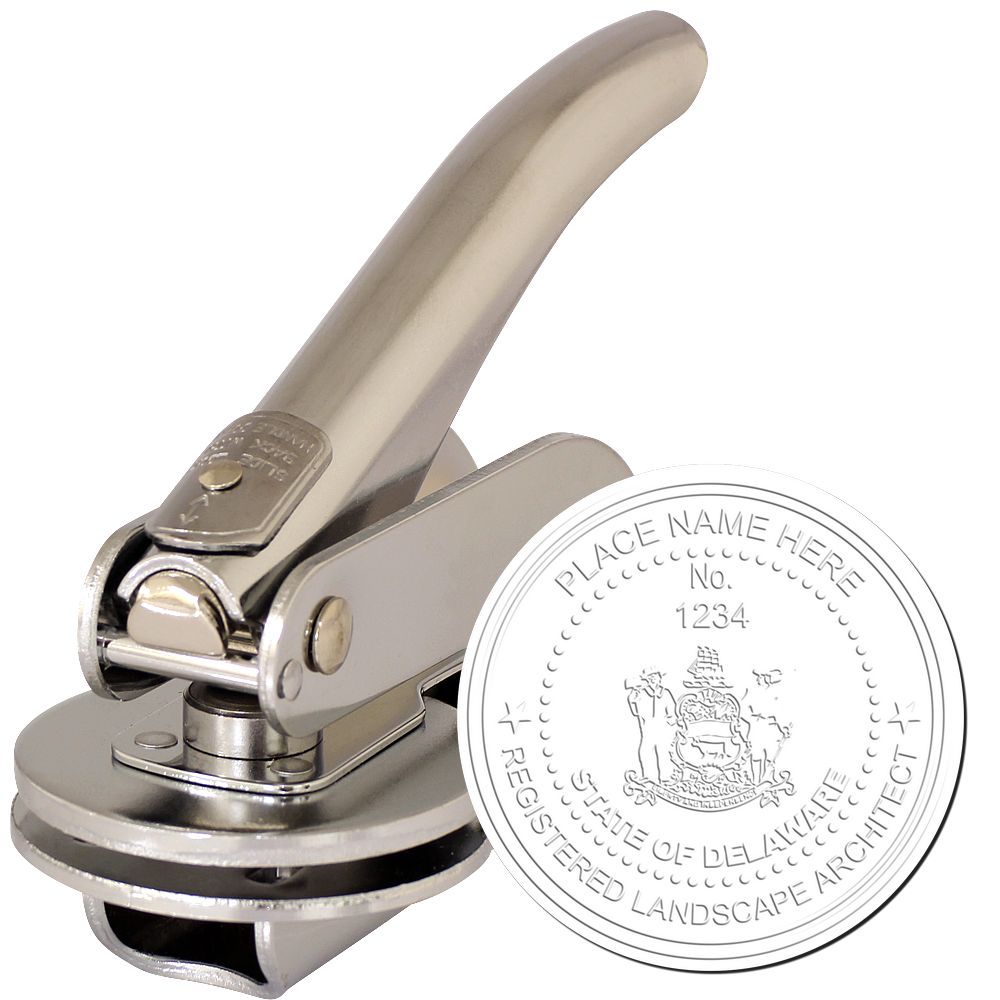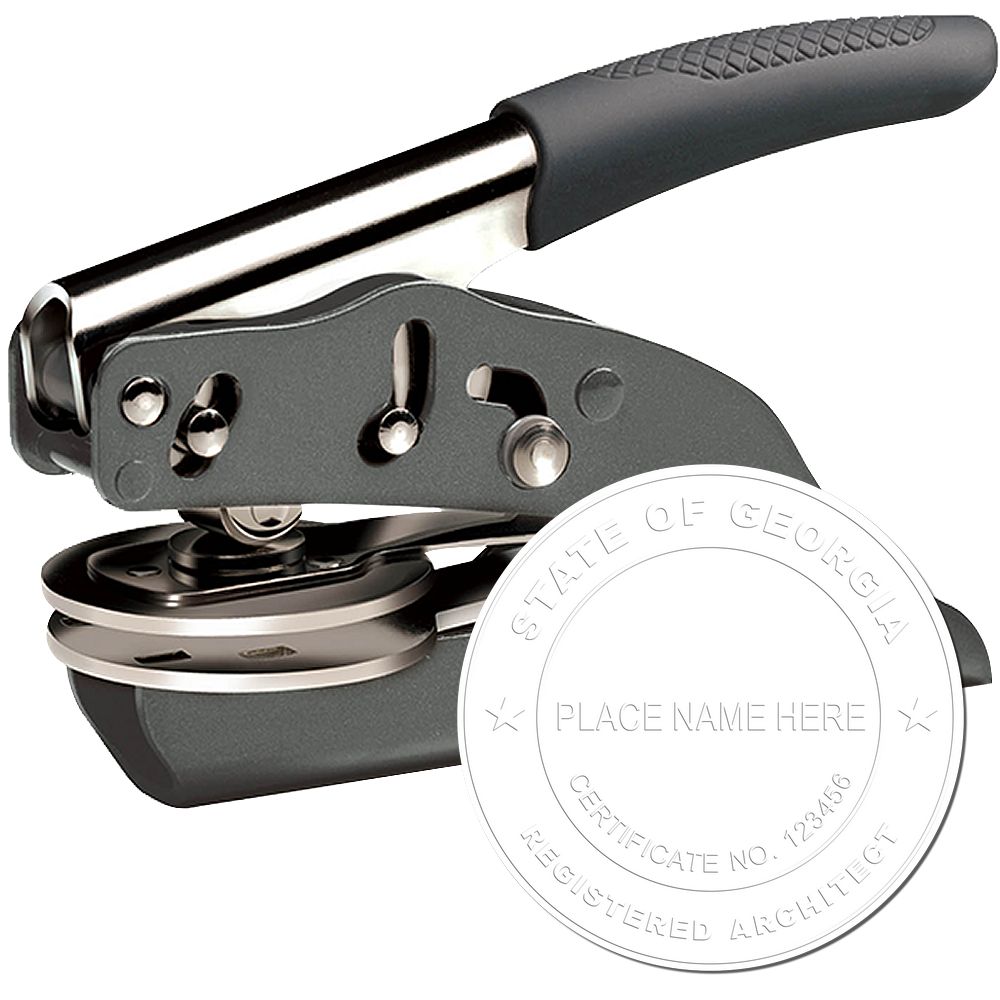Understanding the Vermont Engineering Seal
Before delving into the process of obtaining the Vermont Engineering Seal, it is essential to have a clear understanding of what exactly the seal represents and its significance within the field of engineering.
What is the Vermont Engineering Seal?
The Vermont Engineering Seal, also known as the Vermont PE Stamp, is a stamp or embossed seal that signifies the official approval and authorization of a Professional Engineer (PE) practicing in the state of Vermont. This seal is affixed to engineering documents, such as plans, drawings, and reports, to indicate that they have been reviewed, approved, and certified by a licensed professional engineer in accordance with the applicable laws and regulations.
The Vermont Engineering Seal serves as a visual representation of the engineer's expertise, professionalism, and accountability. It is a symbol of quality assurance and compliance with the state's engineering standards, demonstrating that the engineer has met the necessary qualifications and possesses the required knowledge to ensure the safety, integrity, and functionality of engineering projects.
Importance and Significance of the Engineering Seal
The Engineering Seal holds immense importance and significance within the engineering profession. It serves several crucial purposes:
-
Legal Compliance and Regulatory Requirements: The Vermont Engineering Seal is required by law for certain types of engineering projects, ensuring that they are carried out by qualified professionals who adhere to the state's engineering regulations and standards. It helps to protect the public and the environment from potential harm or hazards that may arise from inadequate engineering practices.
-
Professional Liability and Accountability: By affixing the Engineering Seal to their work, professional engineers assume legal responsibility and liability for the accuracy, completeness, and compliance of their engineering documents. This holds them accountable for any errors or omissions that may occur, emphasizing the importance of thoroughness and accuracy in their work.
-
Recognition and Trust: The presence of the Engineering Seal on engineering documents instills confidence and trust in clients, contractors, regulatory authorities, and the general public. It acts as a mark of professionalism, expertise, and adherence to industry standards, helping to establish the credibility and reputation of the engineer and their work.
It is important to note that the requirements and regulations regarding the use of the Vermont Engineering Seal may vary. It is advisable to consult the Vermont Engineering Board for specific guidelines and information related to the use of the seal.
Now that we have gained a clear understanding of the Vermont Engineering Seal and its significance, let's explore the requirements and processes involved in obtaining this seal.
Requirements for Obtaining the Engineering Seal
To obtain the Vermont Engineering Seal, individuals must meet certain requirements related to their education, experience, licensing, and certification. These criteria are put in place to ensure that those who hold the seal are qualified to provide professional engineering services and meet the standards set by the state.
Education and Experience Requirements
To be eligible for the Vermont Engineering Seal, individuals must possess a minimum level of education and experience. The specific requirements may vary depending on the type of engineering discipline. Typically, a bachelor's degree in engineering from an accredited institution is a fundamental requirement. However, individuals with an equivalent degree or extensive experience in the field may also be considered.
In addition to education, experience is a crucial factor in obtaining the engineering seal. The Vermont Engineering Board requires a certain number of years of practical experience under the supervision of a licensed professional engineer. This hands-on experience helps individuals develop the necessary skills and knowledge to practice engineering competently and ethically.
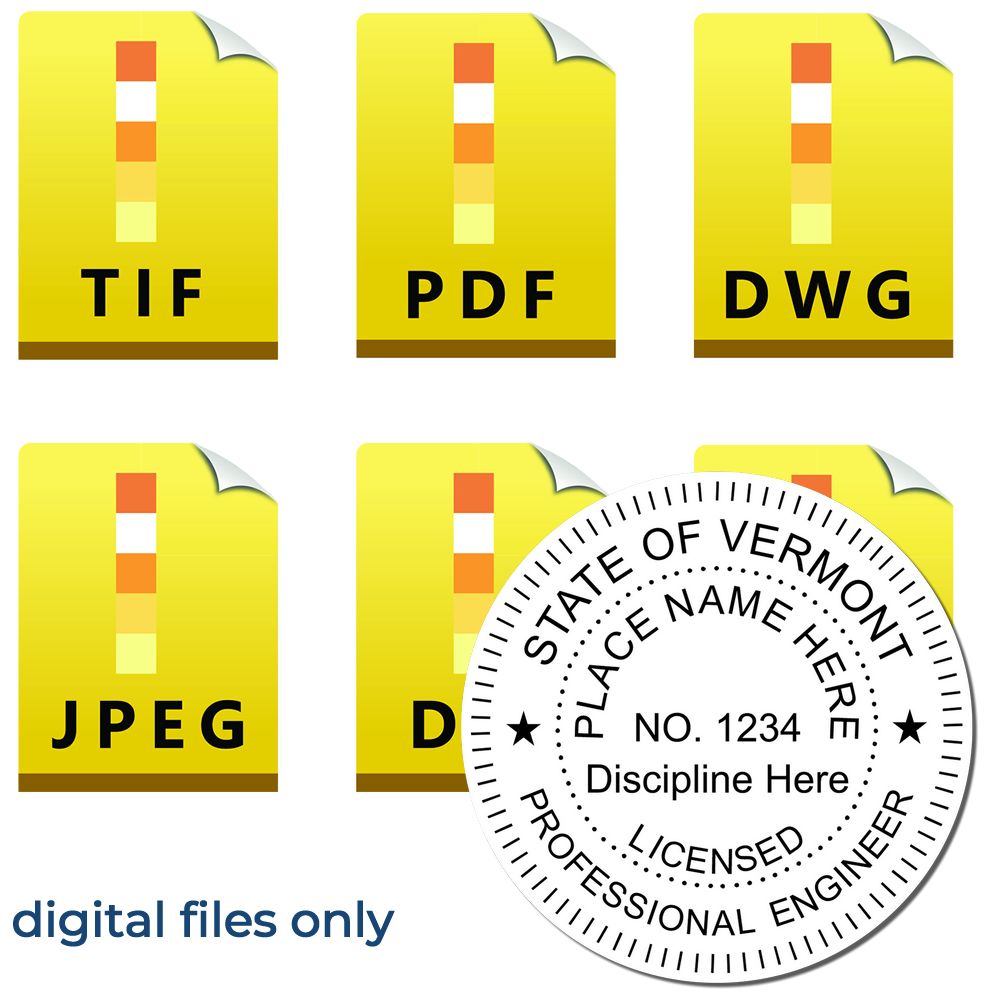
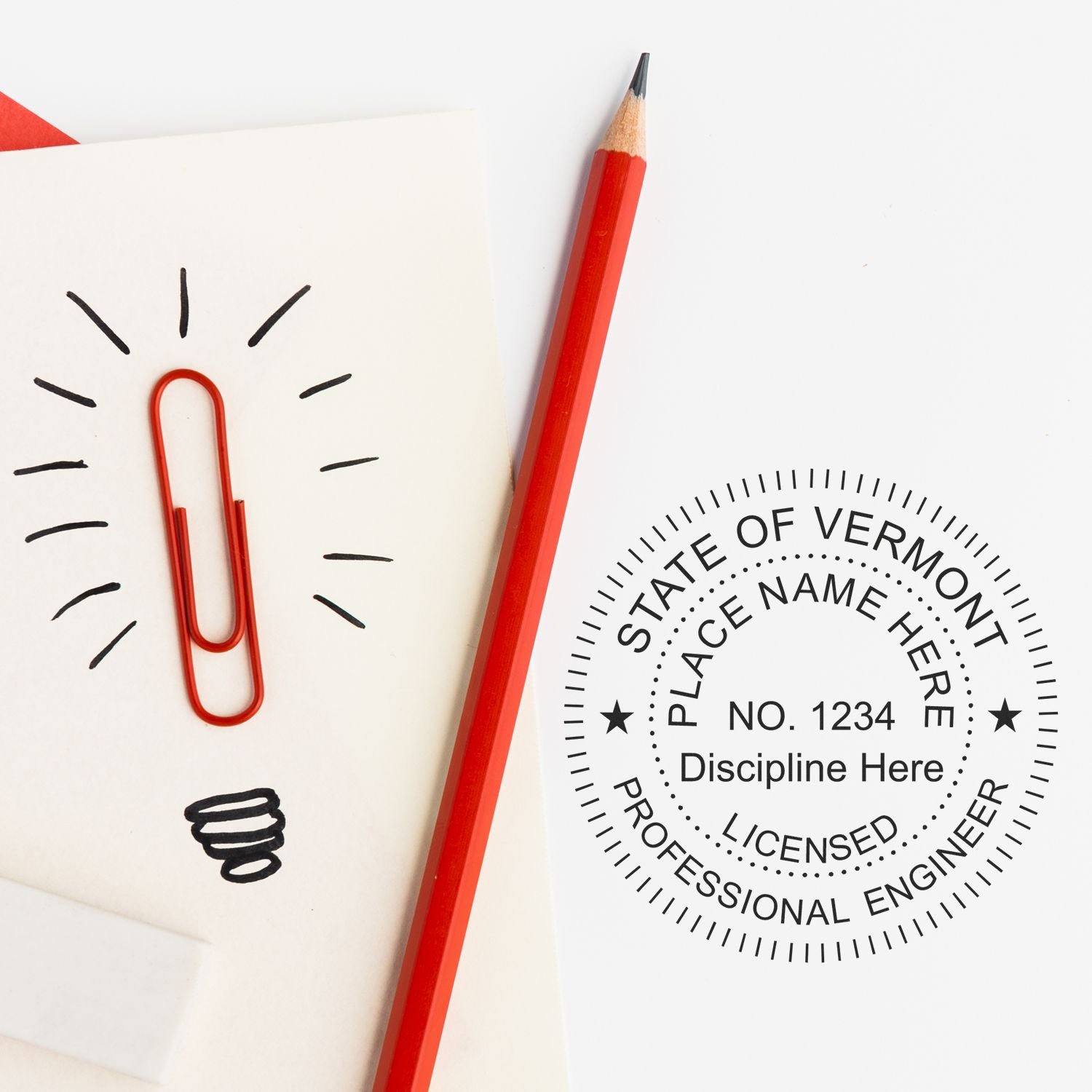
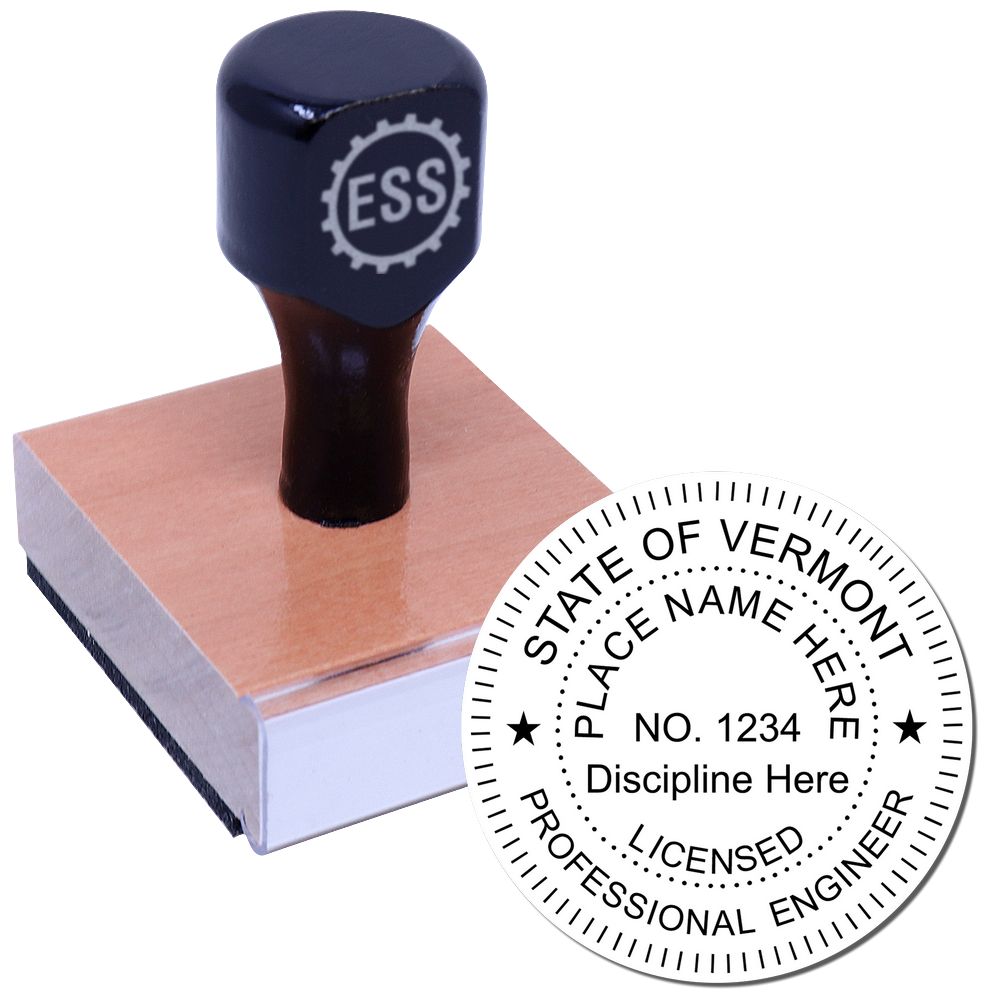
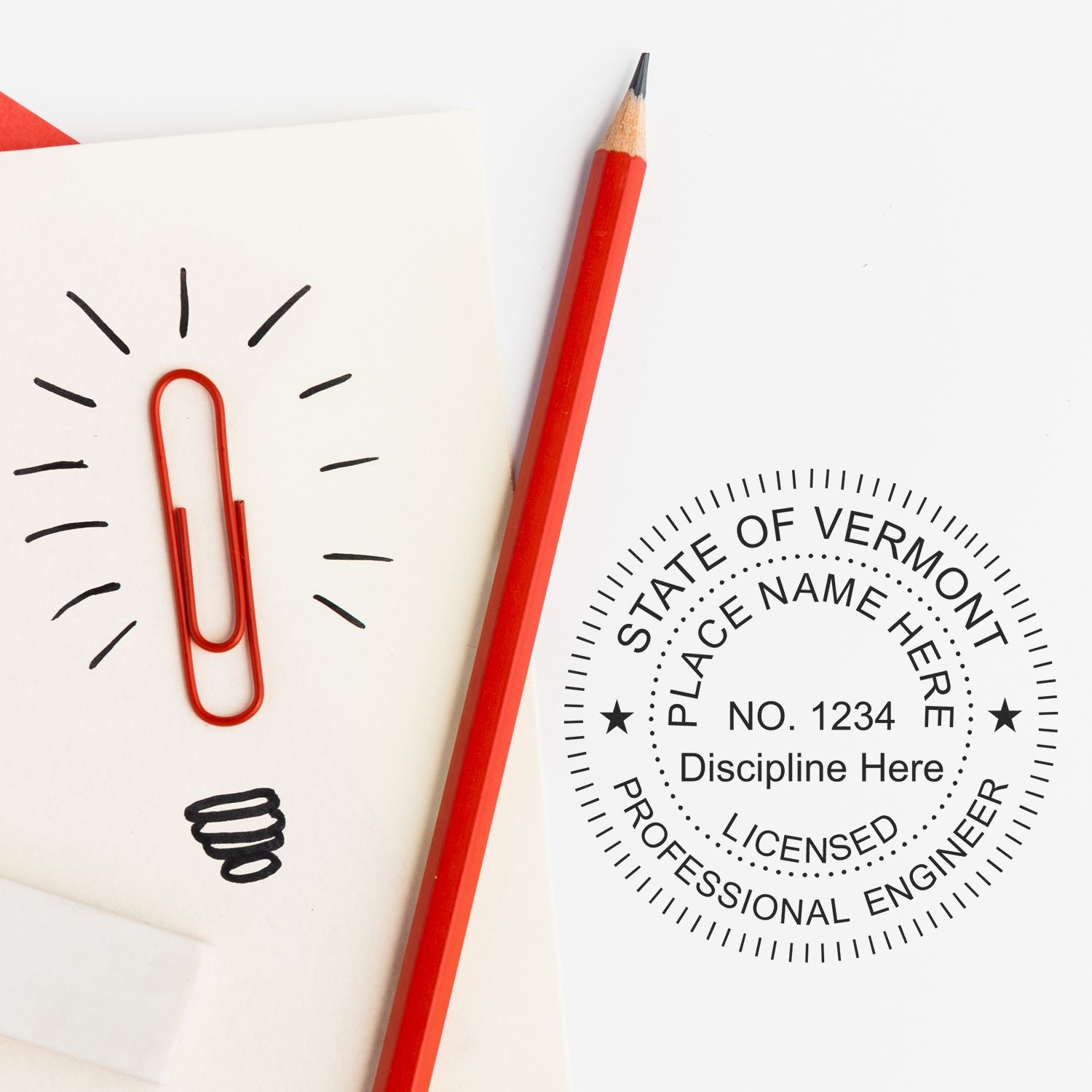
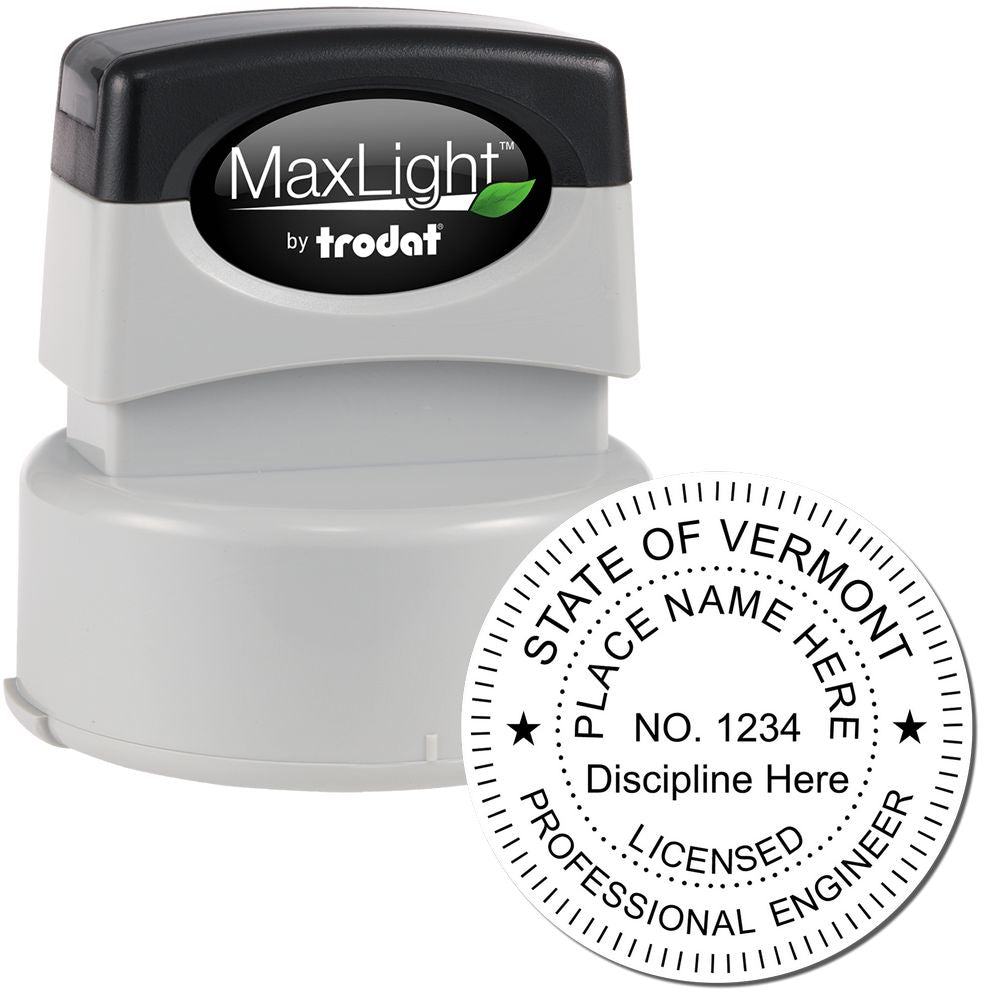
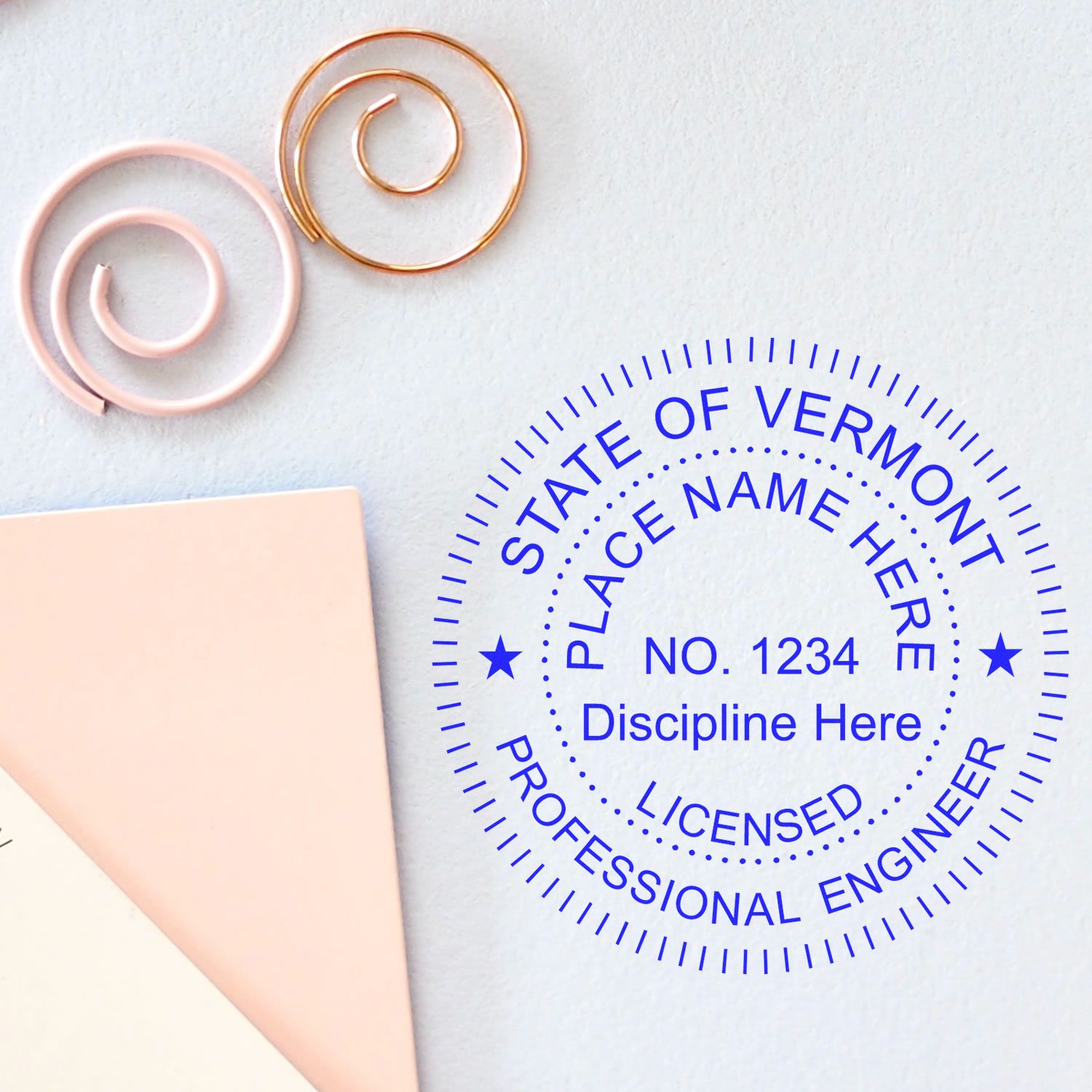
For detailed information on the specific education and experience requirements for different engineering disciplines, it is advisable to refer to the official website of the Vermont Engineering Board.
Licensing and Certification
In addition to meeting the education and experience requirements, individuals seeking the Vermont Engineering Seal must hold a valid engineering license. Obtaining a professional engineering (PE) license is crucial for legal authorization to practice engineering and affix the engineering seal to documents. The PE license is granted by the Vermont Board of Professional Engineering and requires passing the relevant engineering licensure examination.
It is important to note that licensure requirements may vary depending on the engineering discipline and state regulations. For specific information on the licensing process and requirements in Vermont, refer to our article on Vermont engineering license.
By fulfilling the education, experience, licensing, and certification requirements, individuals can qualify for the Vermont Engineering Seal. It is essential to stay informed about the Vermont engineering regulations and any updates or changes to the requirements to ensure compliance with state laws. Seeking guidance from professional associations and staying up-to-date with industry developments can also contribute to a successful engineering seal process.
The Vermont Engineering Seal Process
Obtaining the Vermont Engineering Seal is an important step for professional engineers looking to practice in the state of Vermont. The process involves several key steps, including completing the application, submitting it, and undergoing a thorough review and evaluation. Let's explore each step in detail.
Step 1: Completing the Application
The first step in the Vermont Engineering Seal process is completing the application. The application form can typically be obtained from the Vermont Engineering Board or their official website. It is essential to carefully fill out the application, ensuring that all required information is provided accurately and completely.
The application will typically require details such as personal information, educational background, professional experience, and references. It's important to include any relevant supporting documentation, such as transcripts, certificates, or licenses. Double-checking the application for any errors or omissions is crucial to ensure a smooth review process.
Step 2: Submitting the Application
Once the application is complete, the next step is to submit it to the Vermont Engineering Board. The submission process may involve mailing the application or submitting it electronically through their designated portal. It's important to follow the instructions provided by the board to ensure a successful submission.
Along with the application, there may be certain fees that need to be paid. These fees can vary, so it's important to refer to the most up-to-date information from the Vermont Engineering Board. Keeping a record of the payment receipt is recommended for future reference.
Step 3: Review and Evaluation
After the application has been submitted, it undergoes a comprehensive review and evaluation process by the Vermont Engineering Board. The board carefully examines the application, verifying the information provided and assessing the candidate's qualifications. This evaluation process ensures that all applicants meet the Vermont engineering regulations and possess the necessary qualifications to practice engineering.
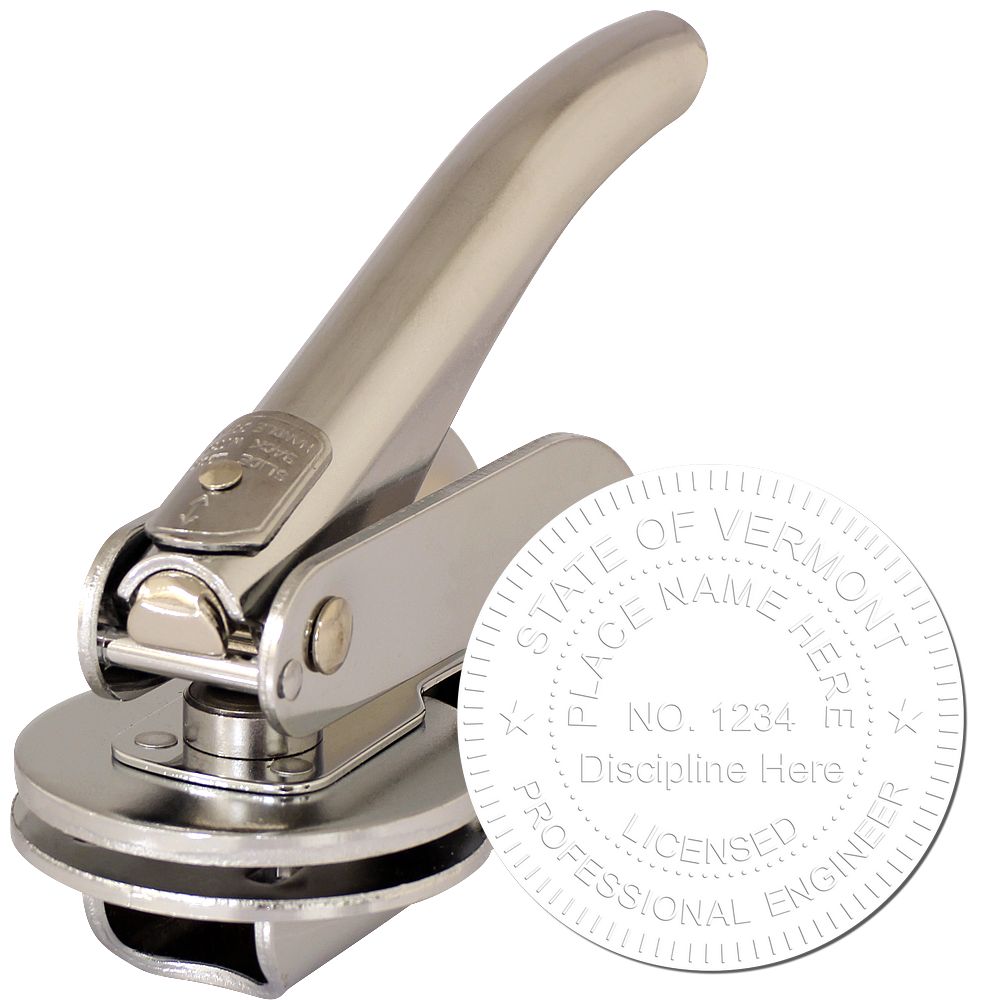
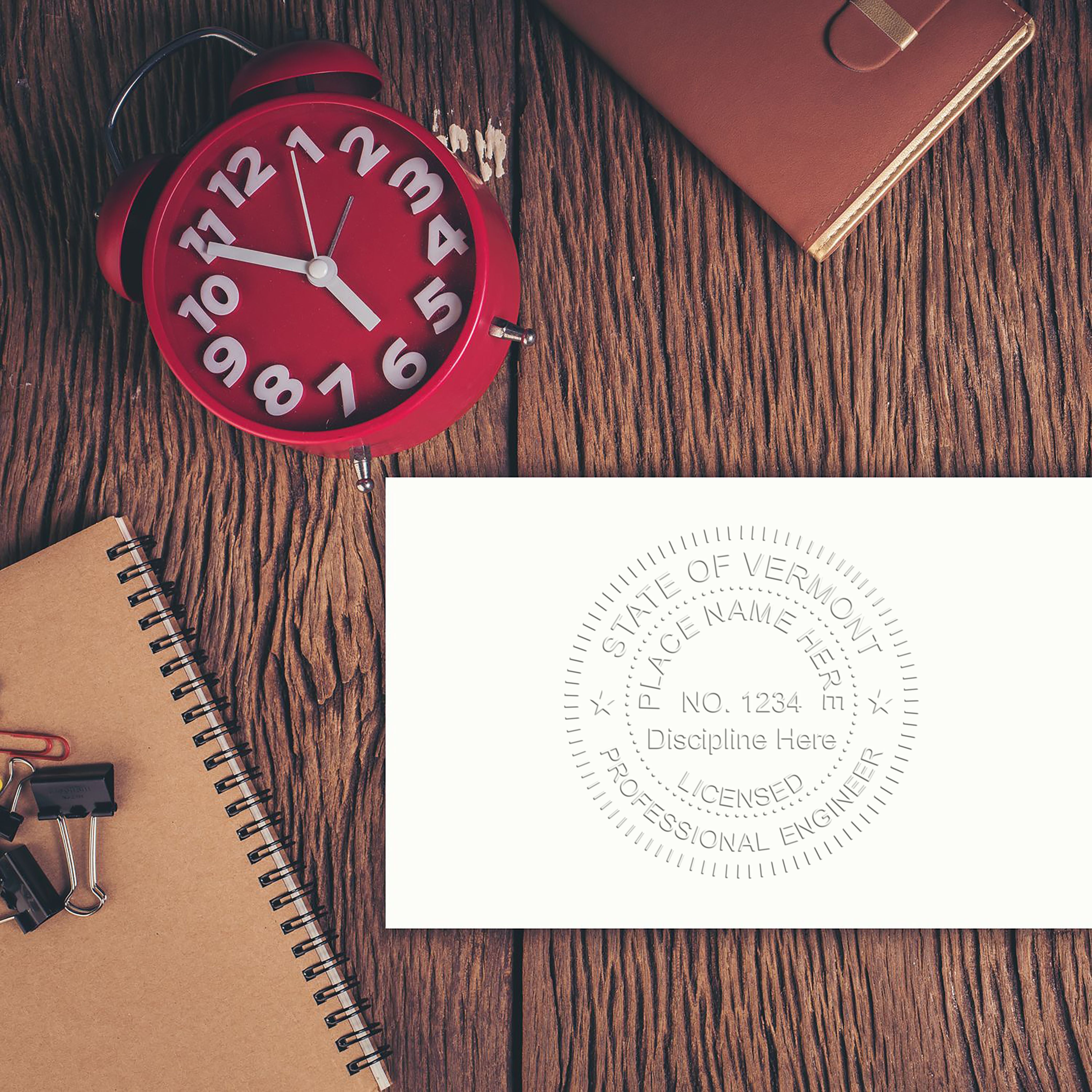
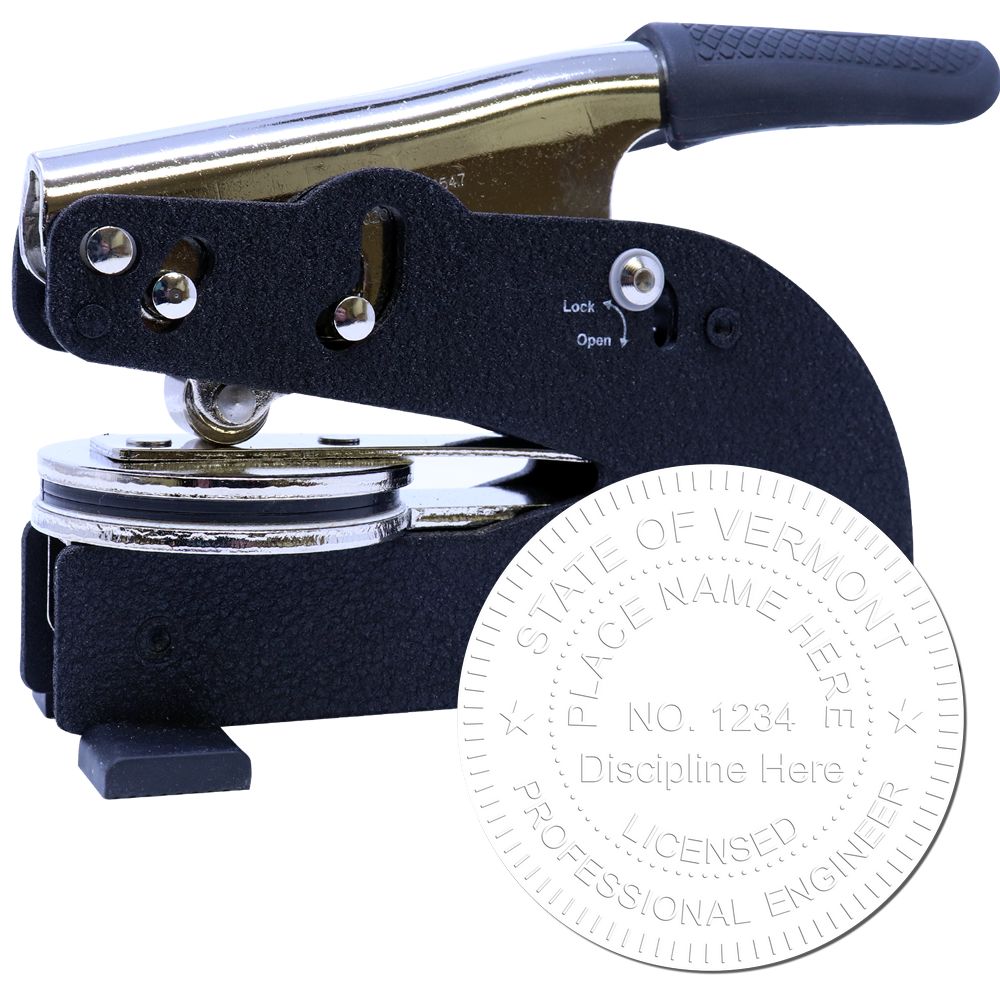
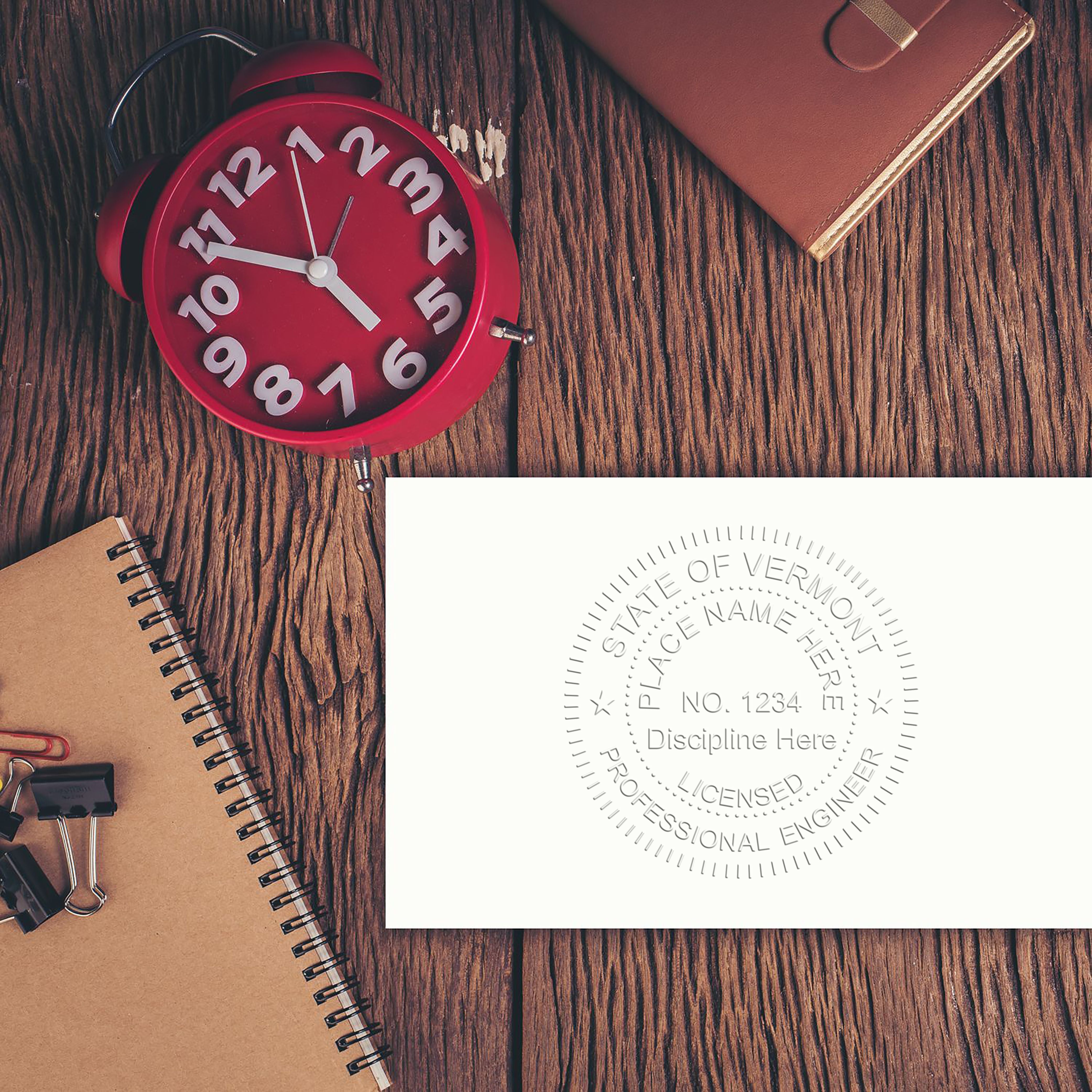
The review and evaluation process may take some time, as the board conducts a thorough examination of each application. It is essential to be patient during this stage and be prepared to provide any additional documentation or clarification if requested by the board. Keeping track of the application status and regularly checking for updates is advisable.
Upon successful completion of the review and evaluation process, the applicant will be notified of the decision by the Vermont Engineering Board. If approved, the engineer will receive their Vermont Engineering Seal, allowing them to legally practice engineering in the state of Vermont.
Understanding the process involved in obtaining the Vermont Engineering Seal is crucial for engineers looking to practice in the state. By completing the application accurately, submitting it on time, and cooperating with the review and evaluation process, engineers can navigate the process successfully. For more information about professional engineering in Vermont, check out our article on Vermont engineering license.
Key Factors to Consider
When it comes to obtaining the Vermont Engineering Seal, there are several key factors that engineers should consider. These factors revolve around compliance with state regulations and understanding professional liability and responsibilities.
Compliance with State Regulations
Complying with the state regulations set forth by the Vermont Engineering Board is of utmost importance for engineers seeking to obtain the Vermont Engineering Seal. These regulations outline the specific requirements, procedures, and standards that engineers must adhere to in order to ensure the integrity and safety of their work.
The Vermont Engineering Board, responsible for regulating the engineering profession in the state, has established guidelines to protect the public and maintain the professional standards of engineers. It is essential for engineers to familiarize themselves with these regulations to ensure compliance and avoid any penalties or disciplinary actions. For more information on the regulations set by the Vermont Engineering Board, you can refer to our article on Vermont engineering regulations.
Professional Liability and Responsibilities
Obtaining the Vermont Engineering Seal comes with certain professional liabilities and responsibilities. Engineers must understand the legal and ethical obligations associated with affixing the seal to their engineering documents. The seal represents the engineer's certification that their work complies with the applicable laws, codes, and regulations.
By using the Vermont Engineering Seal, engineers assume responsibility for the accuracy and quality of their designs and calculations. They are accountable for ensuring that their work meets the required standards and does not pose any threat to public safety. It is crucial for engineers to exercise due diligence and professional judgment when affixing the seal, as it signifies their professional competence and commitment to upholding the highest standards of engineering practice.
To fully understand the professional liability and responsibilities associated with the Vermont Engineering Seal, engineers should consult the Vermont Engineering Board and seek guidance from professional associations. These resources can provide valuable insights and support to ensure that engineers fulfill their obligations and protect both the public and their professional reputation. For more information on professional engineering in Vermont, our article on professional engineer Vermont provides additional details.
By considering these key factors, engineers can navigate the Vermont Engineering Seal process more effectively, ensuring compliance with state regulations and fulfilling their professional responsibilities with confidence. It is important to stay informed about any updates or changes in the regulations and seek guidance when needed to maintain the highest professional standards in engineering practice.
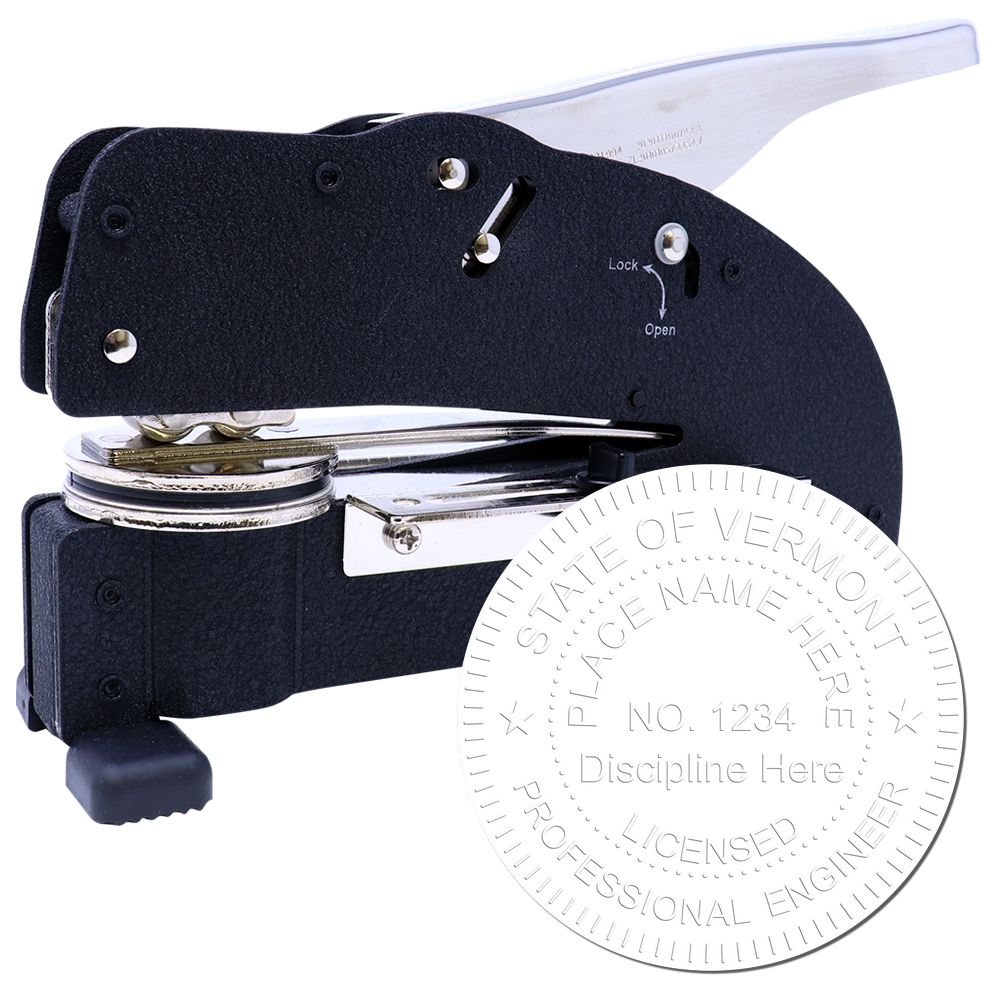
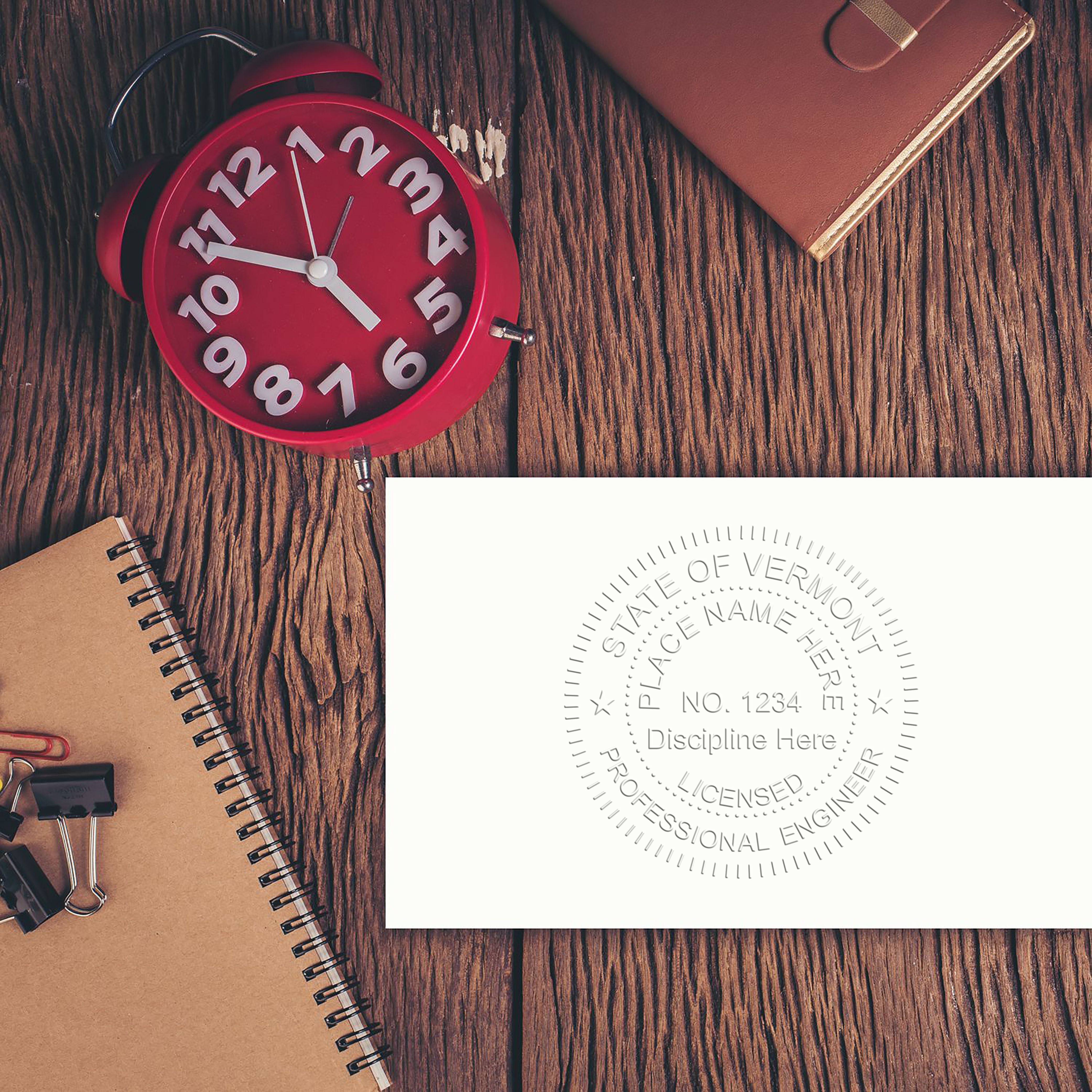
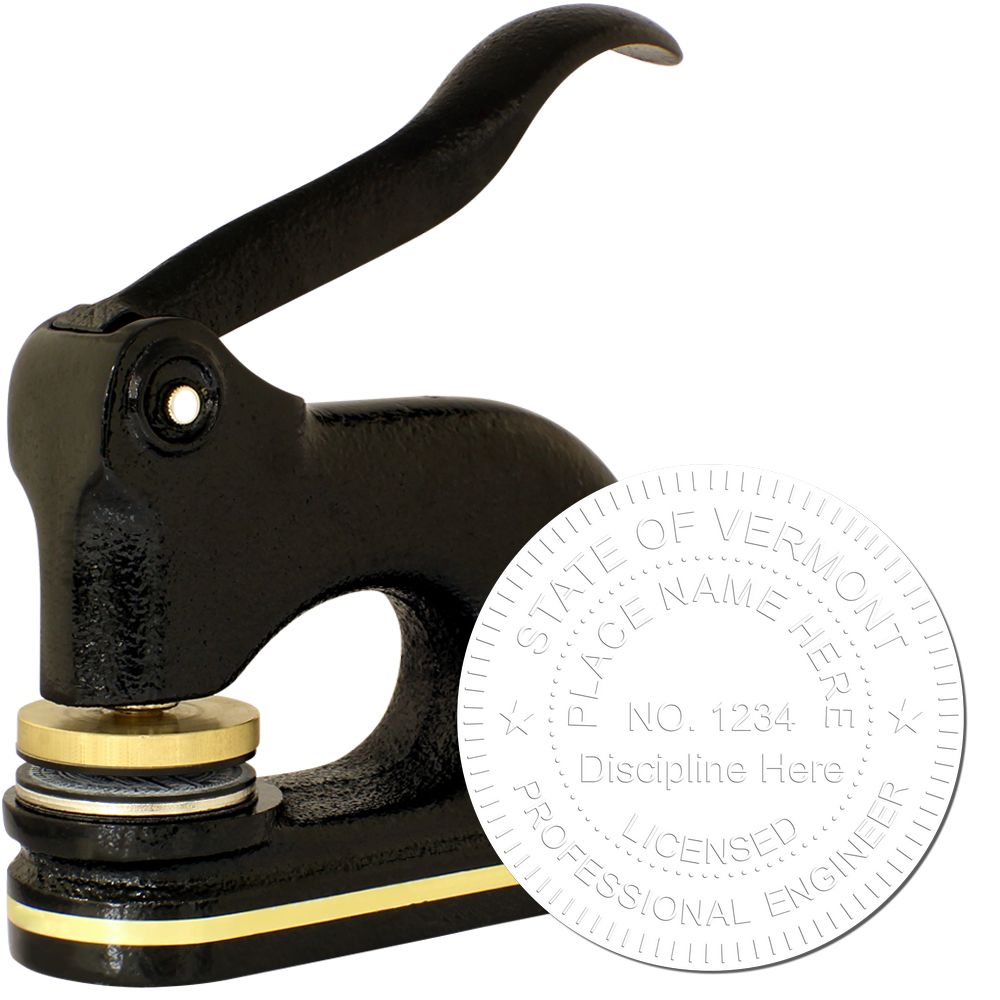
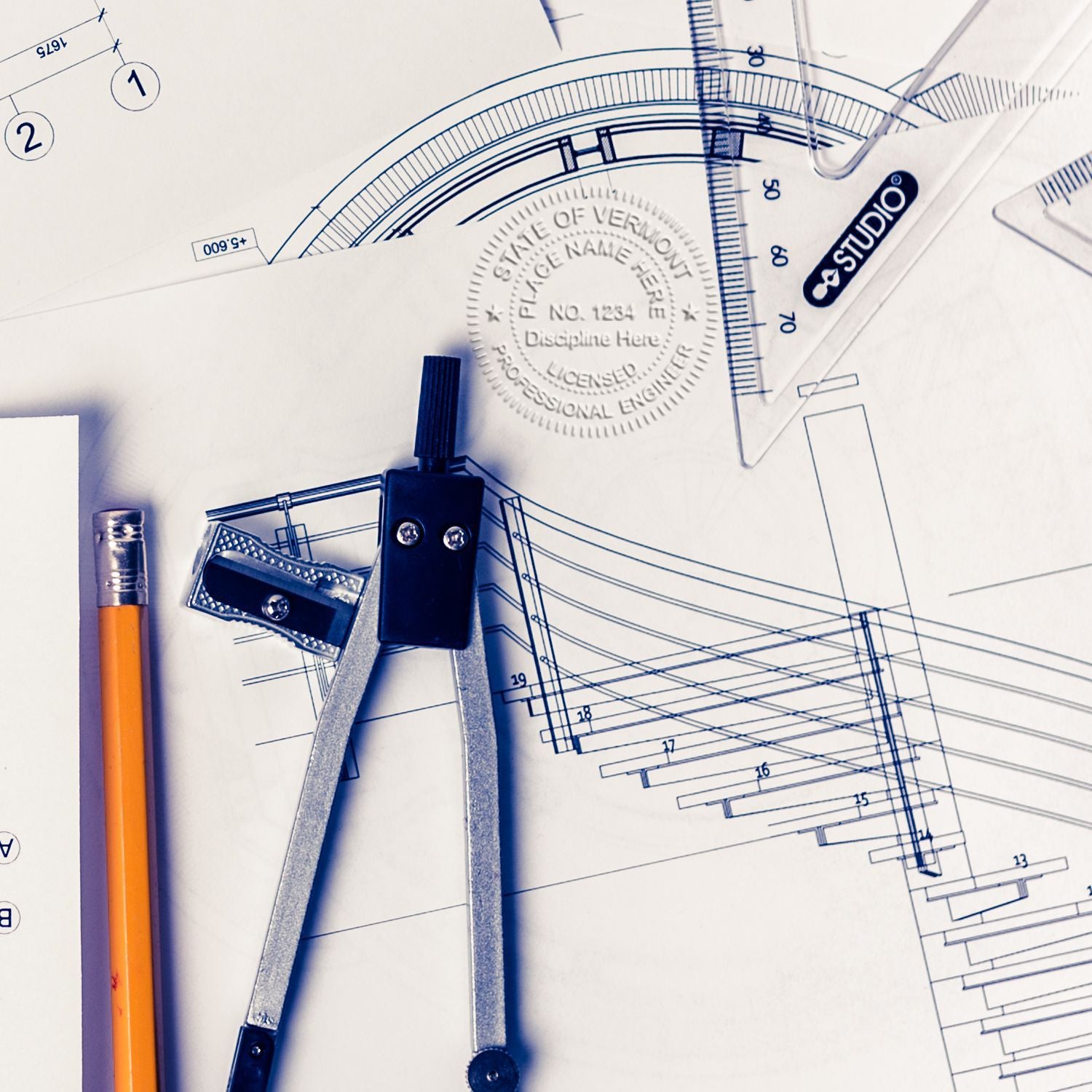
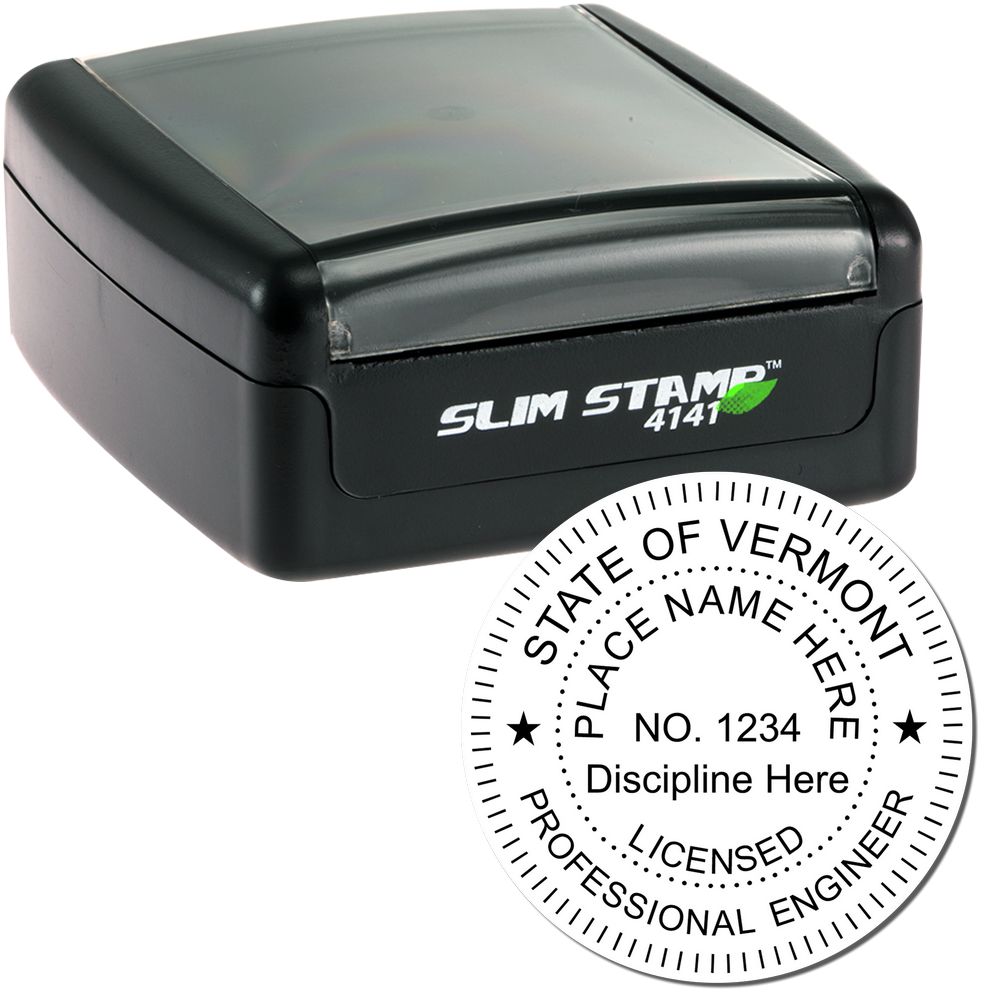
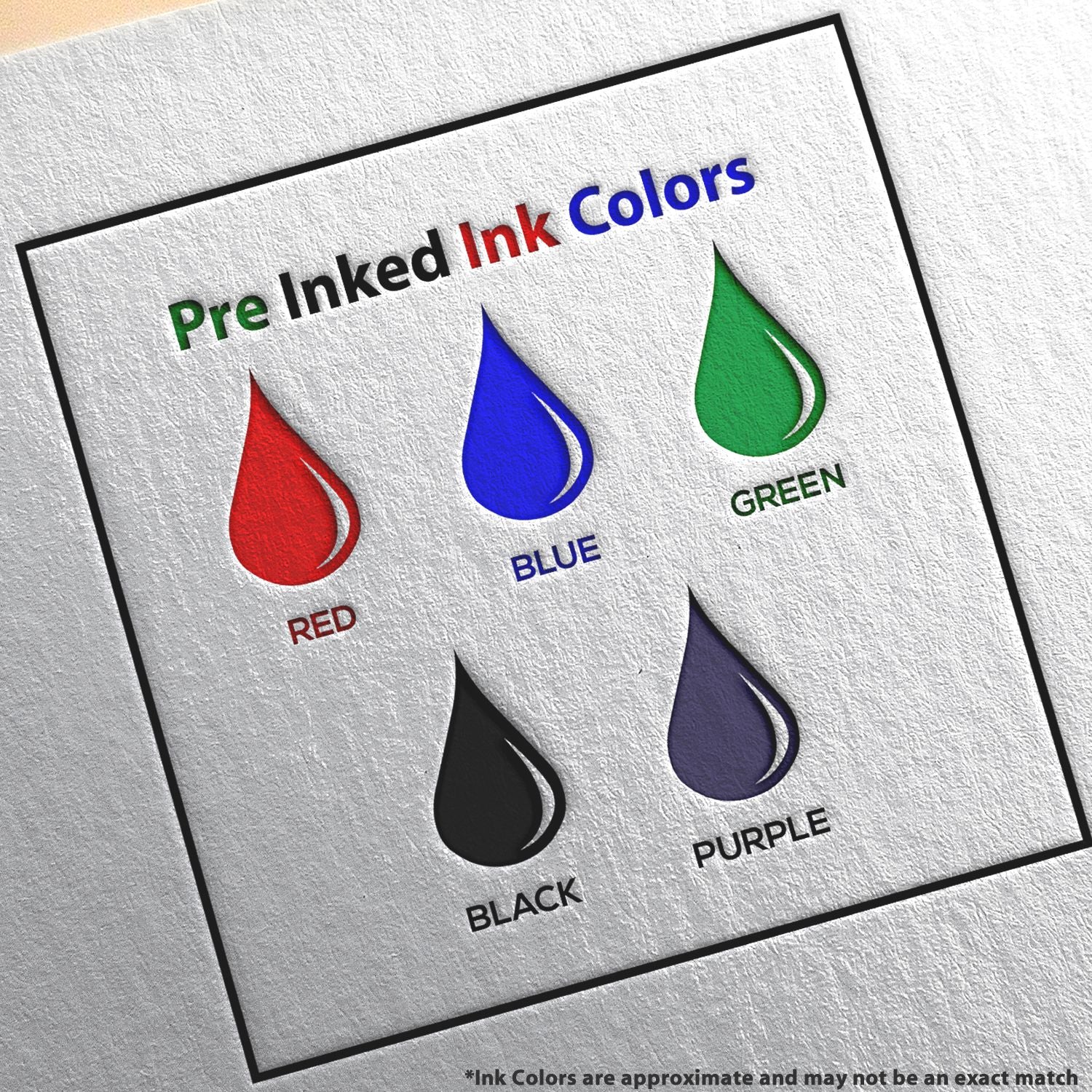
Tips for a Successful Engineering Seal Process
Obtaining the Vermont engineering seal is a significant achievement for professionals in the engineering field. To ensure a smooth and successful process, consider the following tips:
Seek Guidance from Professional Associations
One of the best ways to navigate the engineering seal process is to seek guidance from professional associations. These organizations often provide valuable resources and support to engineers, including information on the specific requirements and procedures for obtaining the engineering seal in Vermont. They can offer insights based on their experience and connect you with peers who have gone through the process. Additionally, professional associations can keep you informed about any updates or changes in the regulations. For more information, you can refer to the Vermont engineering board.
Maintain Accurate and Updated Documentation
Maintaining accurate and up-to-date documentation is crucial throughout the engineering seal process. Keep a record of your education, work experience, and any certifications or licenses you hold. Ensure that your documentation is organized and easily accessible. When submitting your application for the engineering seal, having all the necessary documents readily available will save time and help streamline the process. It's important to keep in mind that the documentation requirements may vary depending on the specific circumstances. To learn more about the required documentation, you can refer to our article on PE stamp Vermont.
Stay Informed about Regulatory Changes
Regulations and requirements for obtaining the engineering seal in Vermont may change over time. Staying informed about regulatory changes is essential to ensure compliance and a successful application process. Regularly check for updates from the Vermont engineering board or other relevant sources to stay up-to-date with any modifications to the rules and regulations. This will help you avoid any surprises and ensure that your application meets the current requirements. To learn more about the specific engineering regulations in Vermont, you can refer to our article on Vermont engineering regulations.
By following these tips, you can enhance your chances of a successful engineering seal process in Vermont. Seek guidance from professional associations, maintain accurate documentation, and stay informed about regulatory changes. Remember, the engineering seal represents your expertise and professionalism, so it's essential to approach the process with diligence and attention to detail.
About ESS
At Engineer Seal Stamps, or ESS, we intertwine craftsmanship with commitment. As esteemed makers of custom rubber stamps, professional seals, and notary stamps, we pride ourselves on delivering products that stand as a testament to our dedication to quality. But our distinction lies in our approach to service: our unwavering commitment to stellar customer service ensures that every interaction, every detail, and every product is meticulously handled with you in mind. Furthermore, we confidently stand behind our products, offering a state board guarantee on our entire range. With ESS, you're not just making a purchase; you're investing in reliability, precision, and a legacy of unparalleled service.

